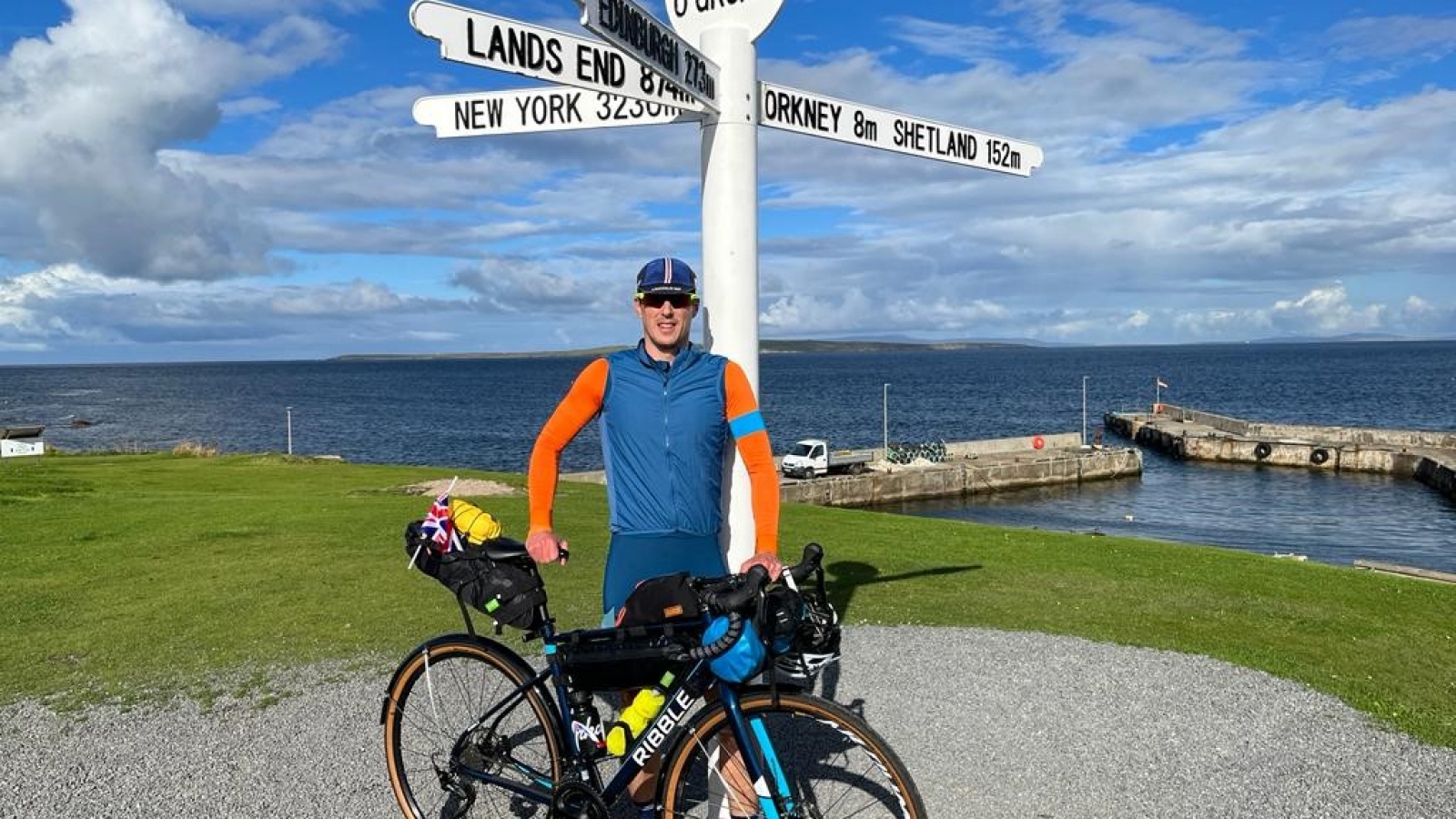What Makes the Systems Delivered by Inzpire Special?

08 Feb 16
Mission Systems

08 Feb 16
Mission Systems
Furthermore, hopefully you have already experienced the utility, ease of use and robustness which define our systems. It has now been 10 years since myself and Boyzi (one of Inzpire’s founders) created our first software prototype (which amongst other things involved Boyzi attempting to download dog fighting theory to myself, a bomber nav…), and as we embark on greater and greater challenges within our team of over 20 people, I thought it would be nice to reflect on where our magic lies.
Our stuff is useful. Larry (our Chief Engineer) covered the excellent way in which we integrate operators into our engineering team in a previous blog (which you can read here) and our Sales team could talk your ear off for hours about all the cool features. But how is it that we can make it so useful for the end user? Easy: the starting point of any Inzpire Mission Systems project is to ask ourselves what the operator truly wants. It would be far too easy to blindly follow our statement of deliverables, or to cut corners on functionality and quality, but that’s not what we do. Seeing a satisfied customer is what makes us tick, and we wouldn’t have it any other way.
Our development process is slick. We walk a fine line between two extremes. At one end, we need to offer the versatility and responsiveness demanded by a modern smart phone user, while simultaneously ensuring the robustness required in a life critical military environment. We do this through a tailor made iterative development process (internally we’ve nick-named it the “Inzpiral”), where we combine the mandated structure of standards such as DO-178 with modern agile practice. This means that we can respond quickly to customer and market needs without making any engineering sacrifices.
We have depth of knowledge. What does FU mean in a weather forecast? What voltage runs across a USB cable? How much scope does a customer site acceptance test really need to cover? What symbol is used for a platoon versus a company on a tactical map? I can get an answer to any of these from someone within about 10 metres of my desk, meaning that when our team is designing and creating our systems, we have a very broad combined understanding of what it all means.
It bolts together well. As we have increased the capability of our products, we have been very careful that the overall architecture remains relevant and efficient. We can add and remove modules to suit any customer, and we can swap out major chunks of our core elements. For example our 3D graphics use totally different technology depending on the device (DirectX on Windows, OpenGL on Android and iOS), but when our nav module draws a complex route descending into a valley and disappearing behind a ridge it doesn’t know or care what device it’s running on and what technology is actually rendering the graphics.
Hopefully the underlying message that comes across is that we like what we do, we are excited by it, and we think that we create an excellent product for our customers.
I hope you all agree!
The image below shows me proudly displaying GECO at the presentation for the Queen's Awards for Enterprise in Innovation, 2014.

19.04.24
New Joiners
It’s our pleasure to welcome Howard Leach (Leachy) who joins us as a tactical air command and control subject matter expert
Our team are here to help. If you have any questions, no matter how big or small, please get in touch.
 +44 (0)1522 688231
+44 (0)1522 688231
 .(JavaScript must be enabled to view this email address)
.(JavaScript must be enabled to view this email address)